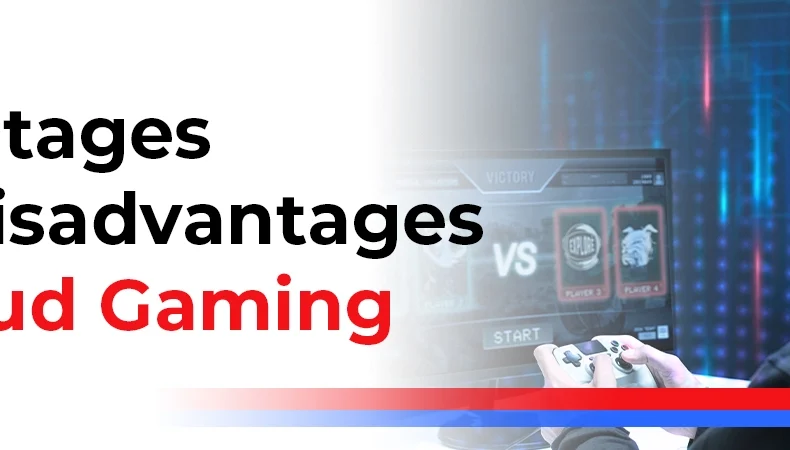Introduction
Cloud gaming has emerged as a revolutionary technology in the gaming industry, promising new possibilities for gamers around the world. Instead of relying on powerful local hardware, cloud gaming allows players to stream games over the internet, providing access to a vast library of titles without the need for high-end consoles or gaming PCs. While this innovative approach has its advantages, it also comes with its fair share of challenges. In this article, we will delve into the advantages and disadvantages of cloud gaming.
Advantages of Cloud Gaming:
- Accessibility:
- Low Hardware Requirements: Cloud gaming eliminates the need for expensive gaming hardware. Gamers can enjoy high-quality gaming experiences on a variety of devices, including smartphones, tablets, and low-end computers.
- Cross-Platform Gaming: Cloud gaming services often support multiple platforms, allowing players to seamlessly switch between devices without losing progress.
- Cost-Efficiency:
- No Upfront Costs: Traditional gaming setups require significant upfront investments in gaming consoles or high-performance PCs. Cloud gaming services, on the other hand, operate on a subscription model, making gaming more accessible to a broader audience.
- Instant Access:
- No Downloads or Installations: Cloud gaming eliminates the need for time-consuming downloads and installations. Players can start playing games almost instantly, streamlining the gaming experience.
- Constant Updates:
- Automatic Updates: Games on cloud platforms are regularly updated without user intervention. Players always have access to the latest features, patches, and content without the hassle of manual updates.
- Portability:
- Gaming on the Go: Cloud gaming allows users to play their favorite titles wherever there is a stable internet connection. This flexibility is particularly appealing to individuals with busy lifestyles.
Disadvantages of Cloud Gaming:
- Internet Dependency:
- Stable Connection Required: Cloud gaming heavily relies on a stable and high-speed internet connection. Players with slow or unreliable internet may experience lag, disruptions, or reduced visual quality.
- Latency Issues:
- Input Lag: Cloud gaming introduces input lag, where there is a delay between the player’s actions and the game’s response. This can negatively impact the gaming experience, especially in fast-paced or competitive games.
- Limited Game Selection:
- Availability of Titles: The library of games available on cloud gaming platforms may be limited compared to traditional gaming platforms. Licensing agreements and partnerships can restrict the inclusion of certain popular titles.
- Quality Concerns:
- Visual and Audio Quality: Cloud gaming quality is contingent on the server infrastructure and the user’s internet speed. Some players may experience compression artifacts, lower visual fidelity, or occasional audio issues.
- Data Usage:
- High Bandwidth Consumption: Cloud gaming can consume a significant amount of data, which may lead to increased internet bills for users with data caps.
Conclusion:
Cloud gaming presents a paradigm shift in the gaming industry, offering accessibility and cost-effectiveness but not without its set of challenges. As technology continues to advance, addressing issues such as latency and expanding game libraries will be crucial for the widespread adoption of cloud gaming. As of now, whether one chooses traditional gaming or embraces the cloud gaming revolution depends on individual preferences, priorities, and the state of internet infrastructure in their region.
- Tags:
- education
- technology



